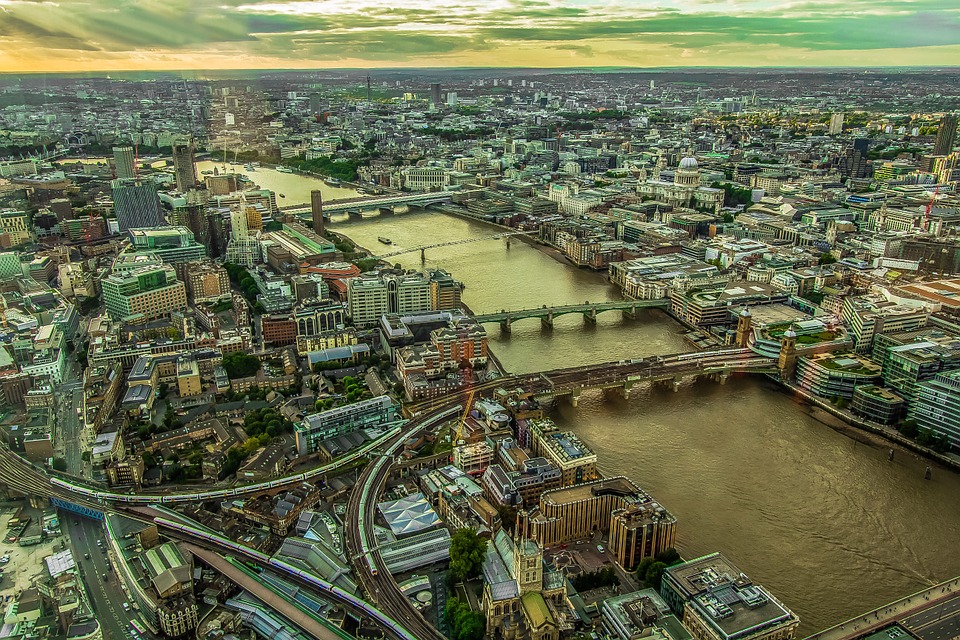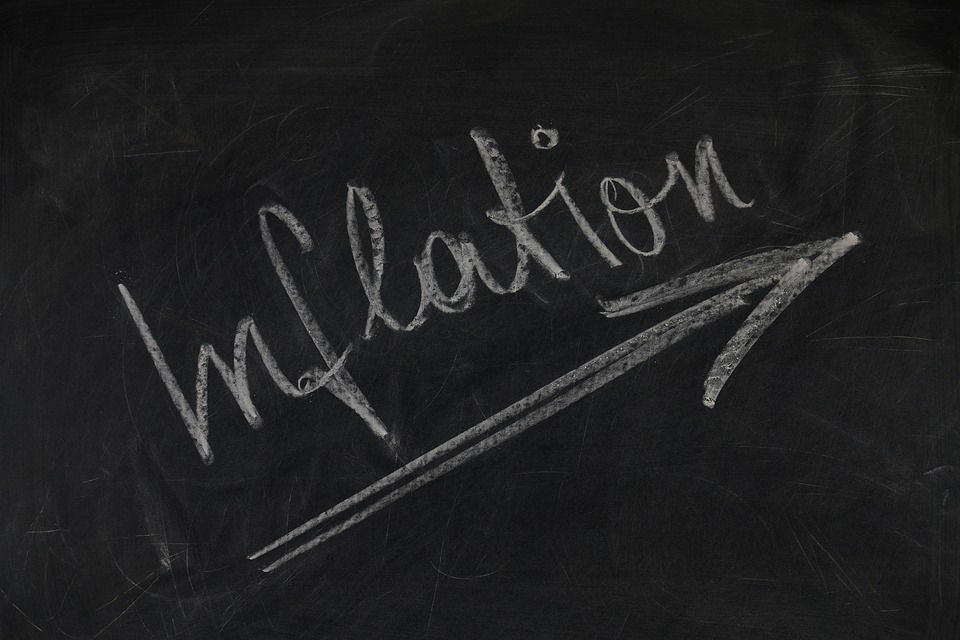London house prices are falling at the fastest rate since the tail-end of the financial crisis.
The latest house price reading from the Office for National Statistics found that prices in the UK’s capital slid by 4.4% year-on-year in May.
That’s the biggest fall since 2009.
The big question is: will this spread across the UK?
Why London has been hit hardest by the housing downturn
The Office for National Statistics house price index is quite new. But it’s also quite comprehensive and it does come out a lot later than the other surveys, so the data is as close to “finished” as you’ll get.
So while a 4.4% slide in London house prices does seem like a big drop, there’s no obvious reason to discount it. And it does make sense, for reasons we’ll go into in a moment.
All I would say is that if you live outside London, and are hoping for a big slide elsewhere in the UK (prices across the country rose by about 1.2% in May), I wouldn’t necessarily expect it to spread.
There are three main reasons to believe that London is an outlier here. For a start, London prices went up by a lot more than those elsewhere in the country. It’s easy to forget this, because a lot of property comment is written by people living in London, for people living in London.
But the reality is that not every part of the UK has seen the ludicrous price boom that London has enjoyed/endured (delete according to whether you own a house or not). As a rule of thumb, in England and Wales, the further from London you go, the less wild the price appreciation.
Scotland is somewhat different in that Edinburgh is the centre of property price gravity, while Aberdeen has its own unique cycle linked to the price of oil. But prices have still lagged the southeast of England considerably.
As for Northern Ireland, prices there have yet to catch up with their 2007 peak, because Northern Ireland was swept up in the Irish property bubble and the epic bust that followed.
So London is now falling hardest because prices there soared the most.
Secondly, London was always the most vulnerable to all the legislative changes that have been made to try to cool the housing market.
London was the buy-to-let capital. But it also offered the lowest yields (because prices were so high). So over-leveraged London landlords were the first to feel the pain when the withdrawal of tax relief on buy-to-let mortgages kicked in.
Right after the changes were announced, one of the big banks calculated that London house prices would probably fall by about 20% overall as a result, and that now looks like it was a pretty good forecast.
And it’s not just buy-to-let. London was also the main destination for all the footloose and fancy-free global capital that wanted to find a secure bolthole. Once foreign investors started being taxed more heavily, and their affairs began to attract ever-so-slightly more scrutiny than before, the market at the top end of London felt the squeeze more than anywhere else.
Finally, there’s Brexit. I think it’s a pretty minor factor – relative to tax changes and increased suspicion of wealthy foreign buyers – but if it’s going to hit anywhere, then it’s London. (That said, the slide in the pound does have the side effect of making London property appealing to those globetrotters who do still want to buy here.)
Here’s what it would take to create a UK-wide property crash
Of course, if you’re outside London, then I wouldn’t despair either. Prices elsewhere in the UK aren’t exactly rocketing.
Overall, house price growth across the board (at around 1.2%) is now significantly lower than wage growth (around 3.6%). It’s also lower than inflation (about 2% or 2.8%, depending on your favoured measure).
In other words, house prices are falling in “real” (after inflation) terms across the board. Which is just what we’ve been hoping for.
Why are we hoping for that? If house prices fall in real terms, then they become more affordable. That defuses a lot of the political tension in the atmosphere (for most people, property ownership defines which side of the “wealth inequality” divide they feel they are on).
Another benefit of prices falling in real terms but staying basically flat in nominal terms, is that it doesn’t look too scary to existing homeowners. People will learn to cope with owning a house that doesn’t appreciate by roughly double their annual wage every year. But no one likes the idea that they might fall into negative equity.
So a fall in real terms keeps household and bank balance sheets looking healthy, while making life easier for potential first-time buyers.
For a harder fall or a full-on crash, you’d realistically need to see a rise in unemployment, a rise in interest rates, or both. Both of those factors create large numbers of people who suddenly can’t pay their mortgages, and therefore become forced sellers (sometimes via repossession).
Neither of those seems likely in the near term. And ideally, by the time we get to an economic environment where either of those things rise sharply, we’ll have a more affordable market in any case.
That might be too much to hope for – particularly as politics can always throw a spanner in the works – but I’ll keep my fingers crossed.
Of course, it means that the huge numbers of people who seem to be relying on property to provide their pension as well as a roof over their heads, might have to think about diversifying their portfolios.
If you’re nearing the stage of your life where you’re wondering how you’ll maintain your income and your standard of living once you stop working, I’ve got a seminar you should attend.
On the evening of 9 October, The Week’s City editor, Jane Lewis, will be talking to MoneyWeek’s David Stevenson and Charlotte Ransom of challenger wealth manager Netwealth about how to plan for the retirement you deserve. We’ve run these events before and they’ve always proved very popular, so grab your ticket now before they sell out.
By: John Stepek
Source: Money Week







